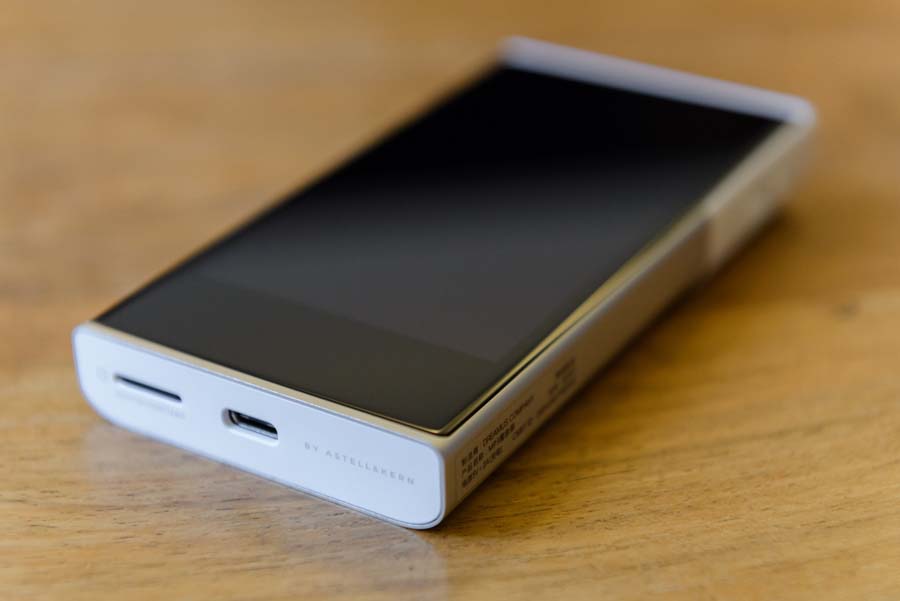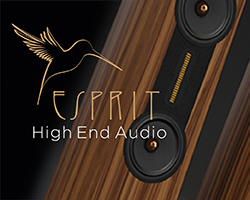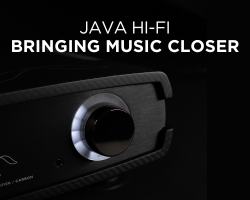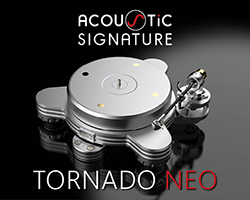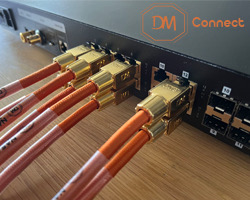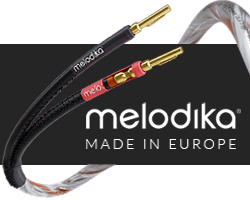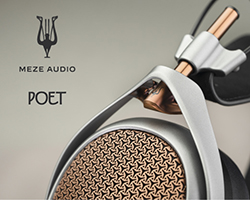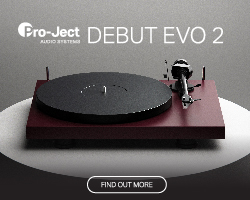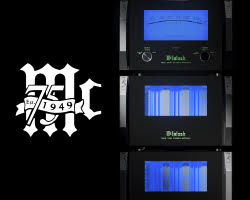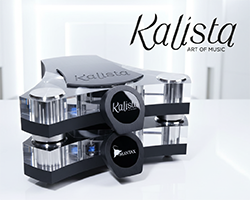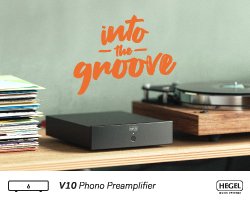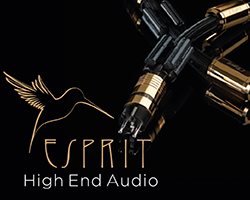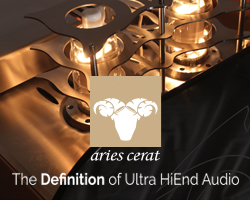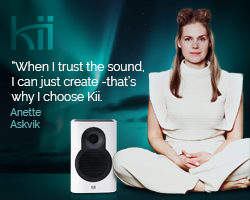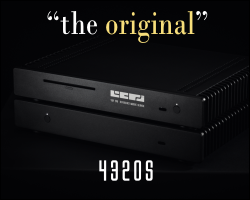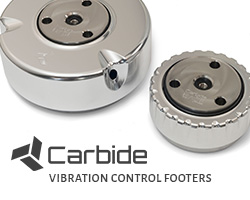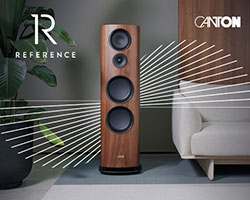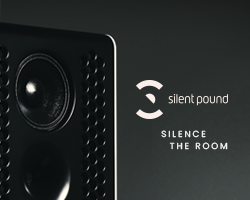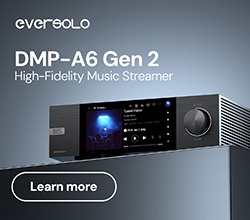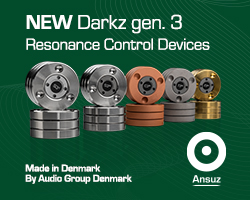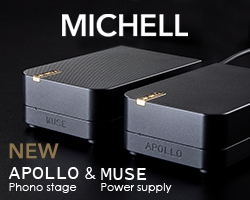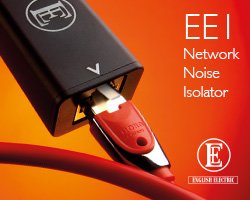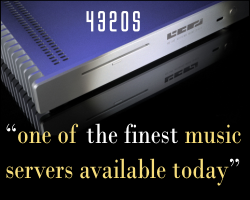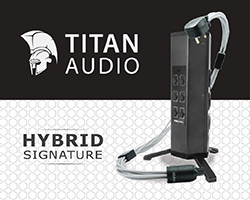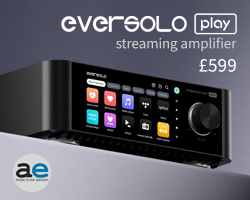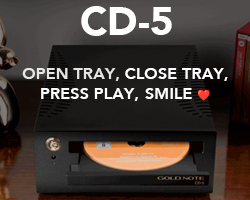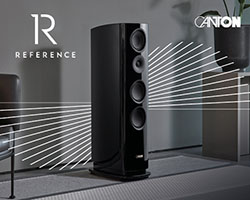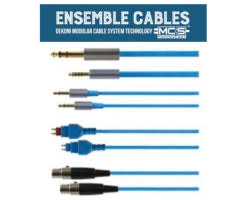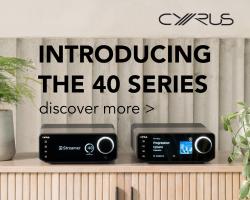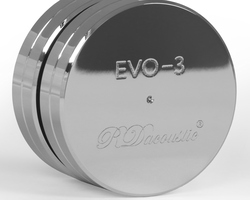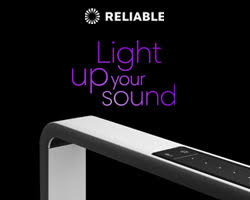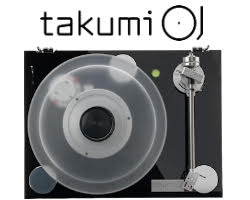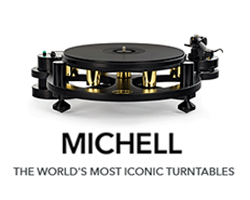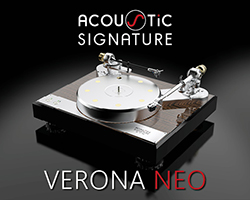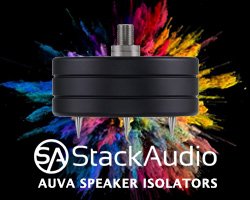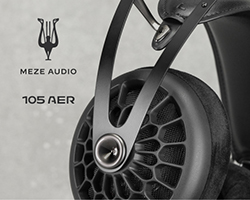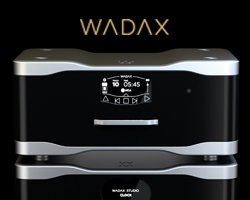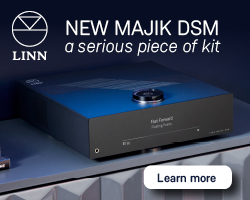ACTIVO P1 DIGITAL AUDIO PLAYER REVIEW
Activo P1 Digital Audio Player is a DAP costing a smidge under £399 and so clearly aimed at the relatively budget end of the portable audio market when compared to sister-brand Astell & Kern. Oscar Stewart takes a listen for HiFi PiG.
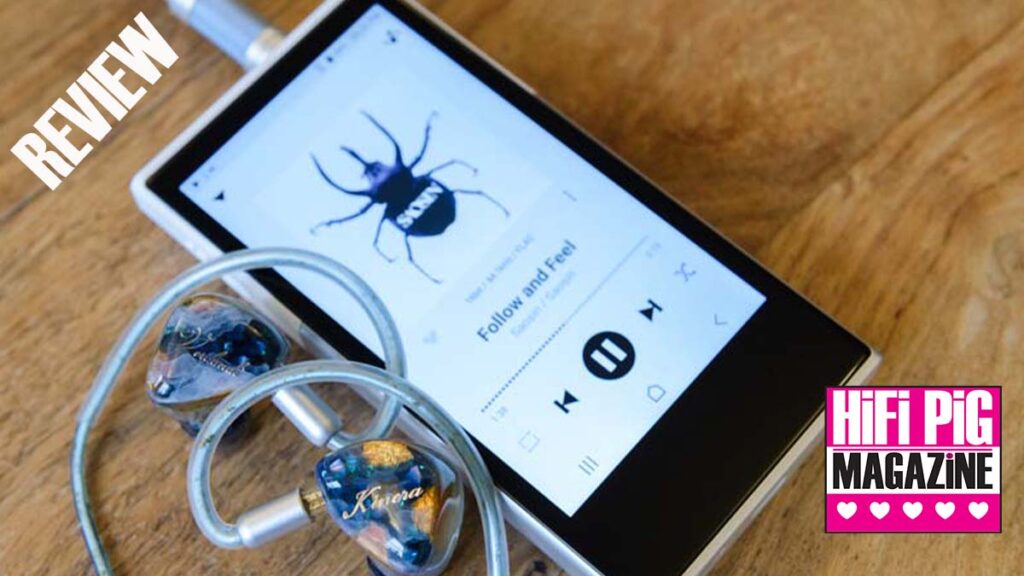
Activo is the sub-brand of Astell & Kern, who make some lovely DAPs that often come with a hefty price tag. The Activo brand is more accessible, and this is their first new model in quite some time, the P1 comes in at £399 and boasts an ESS Sabre DAC chip, Android OS and a neat up-sampling feature. It has your usual 3.5mm single-ended output alongside the commonly used 4.4mm balanced output, with 20hr battery life and a lightweight design, it looks to be a great daily player.
BUILD QUALITY AND FEATURES OF THE ACTIVO P1
First off, the build quality. The Activo P1 uses a mixture of aluminium and polycarbonate for both strength and weight reasons, whilst it might not feel as premium as some of the full metal bodied DAPs around the same price, this does make it easier to pocket and carry due to its lightweight nature. It’s not likely to be something that gets a lot of abuse, more general daily pocketed use like a phone, so I cannot see an issue with the materials used.
On the front is a large and sharp touchscreen from which you can browse your music, install streaming services and change all the audio settings. On the bottom, you have a USB-C port for file transfer, charging and external DAC usage, and a MicroSD card slot (Max 1.5TB). On the right side, you’ll find the power button and another button underneath it, which is used for Play/Pause. On the left side, you have volume Up/Down buttons, and on the top of the unit, you’ll find the two headphone outputs which can also be set to fixed line outputs if you’re wanting to run it into an external amplifier. All in all, the shape and feel of the P1 make it easy to use in daily life, and the buttons are well laid out.
As mentioned, the P1 uses Android for its operating system, which allows you to load streaming apps onto the player itself, and you can save offline tracks for playback. It does offer bit-perfect playback for streaming apps, which is good. It supports dual-band WiFi for connecting to a local network as well as offering Bluetooth 5.3 with aptx HD and LDAC support for those wanting to use it with Bluetooth headphones, or in the car. Loading up local files is easy, I fitted a 128GB Micro SD filled with music to use in it, and it read all the files quickly, and the standard audio playback app is easy to navigate and use.
Digging deeper into the settings, you can change the DAC filter, add crossfeed, there’s MQA support, and it supports Native DSD256 / PCM 32/284kHz files. There is an advanced 20-band parametric EQ with adjustable gain and Q for each band. Inside, it sports an ESS ES9219Q Dual-DAC, 8-core CPU and Astell & Kerns TERATON ALPHA sound solution. They have incorporated what they call DAR – Digital Audio Remaster – technology, which up-samples files to allow “more refined play” and “delicate and analog-like original sound”. PCM 44.1 will be converted to 352.8kHz and 48 to 384kHz, DSD below 256 will be converted to DSD256.
Overall, the Activo P1 has all the features and functionality of a good DAP at this price point. The tech specs are comprehensive, and it’s good to see the output impedance is 1 Ohm for 3.5mm output and 2 Ohms for 4.4mm output, which allows a good damping factor with all earphones/headphones. Personally, when using a DAP, I tend to use locally stored FLAC files which I have ripped from CD’s I own and for this purpose, the P1 has worked flawlessly for me. The battery life quoted seems accurate too; it holds its charge well and should give you plenty of play time when using earphones and easier-to-drive headphones. I was surprised at how little battery it had used, and how cool it stayed, on my normal commute compared to my reference Fiio M15s.
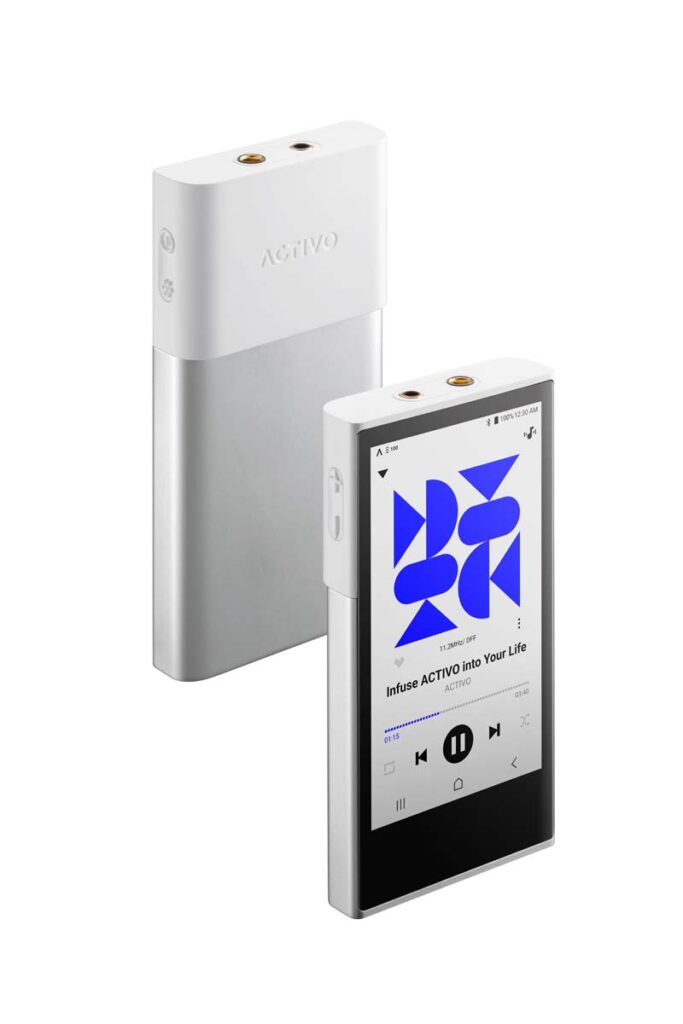

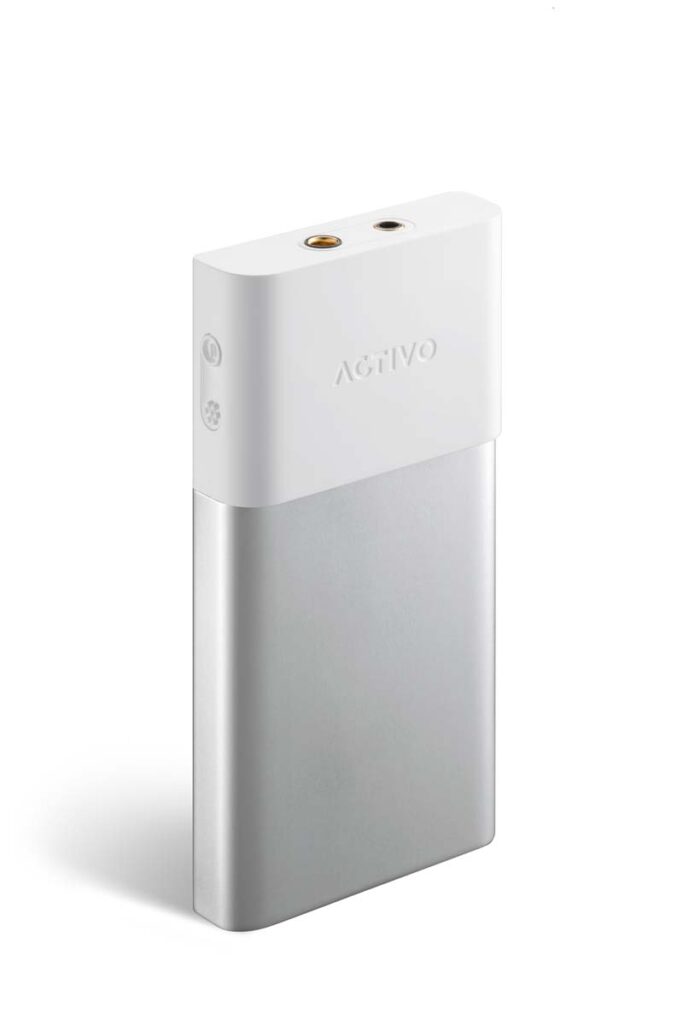
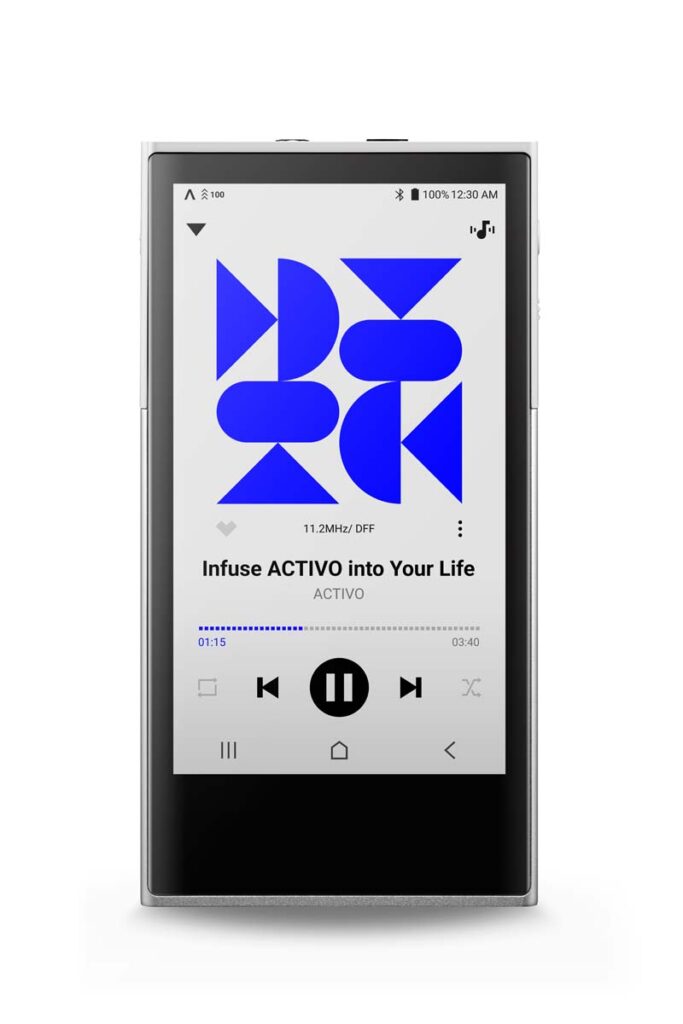
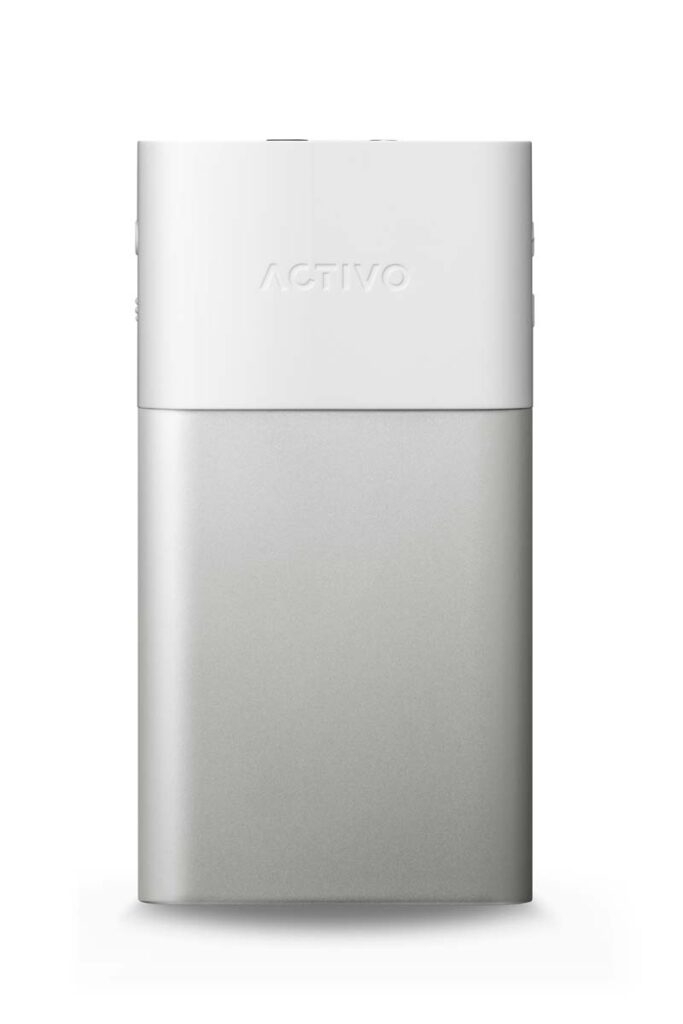
SOUND QUALITY
I’ve been using the P1 as a daily portable player for a while to really get to know it. I have also used it with a few different headphones and earphones, including the Soundz Avant, Kinera Imperial Verdandi and Meze 109 Pro.
The P1 comes across as a very smooth-sounding player, it never had any issues driving the headphones and earphones I used. The sound signature is slightly warm and organic, it doesn’t go for the more typical neutral/analytical sound like my reference point, the Fiio M15s. Instead, it is a little rounded, with a more reference earphone like the Soundz Avant, which is quite noticeable, with the P1 losing a little bit of clarity and precision. On the flip side, this does make listening to the P1 a fatigue-free experience and can add some flavour to more neutral-tuned headphones/earphones.
Listening with the Kinera Imperial Verdandi, 30 Seconds to Mars – Closer To The Edge came on, the P1 did a good job at giving this recording some air and space; however, it is not the most punchy and dynamic sounding DAP and does lack a little get-up-and-go during more energetic tracks. It does a good job at separating the various elements of the recording, the lower pulsating bass beat is rendered with great body, the midrange is perhaps a little soft at times, and the treble is crisp without a hint of harshness. There is a punchy drum-focused part of this track where there is a slight lack of energy and attack to the impacts, and they come across as a little rounded out of the P1.
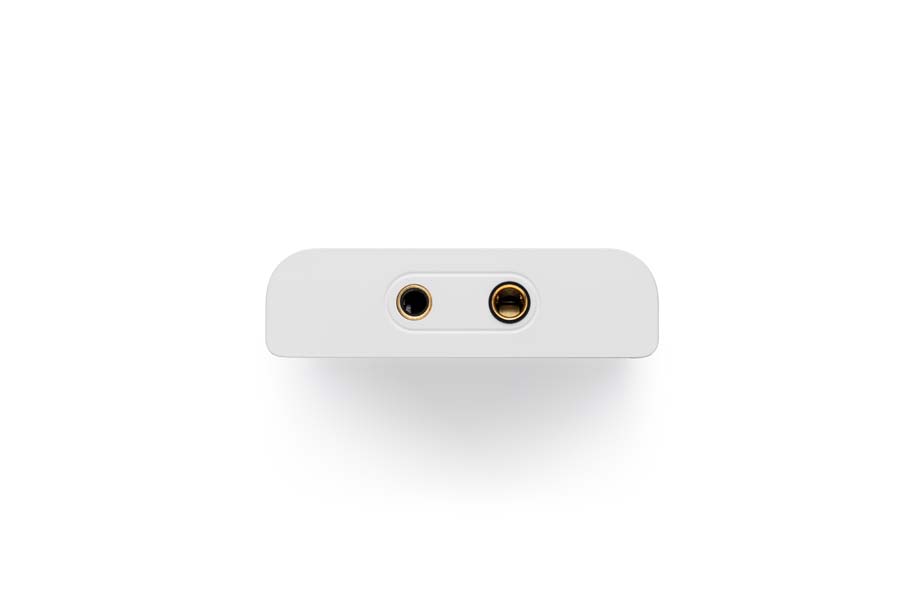
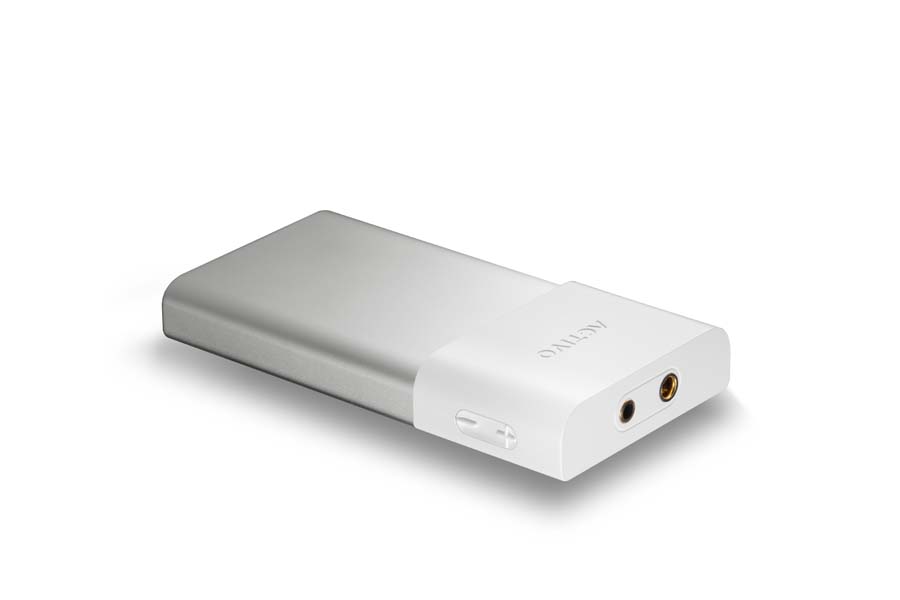
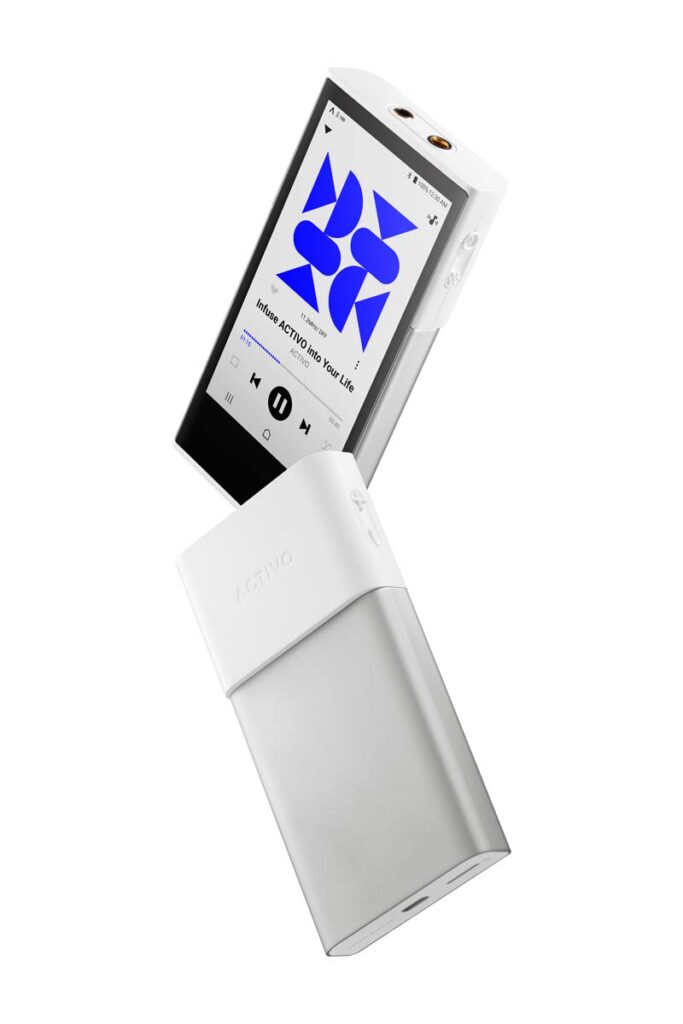
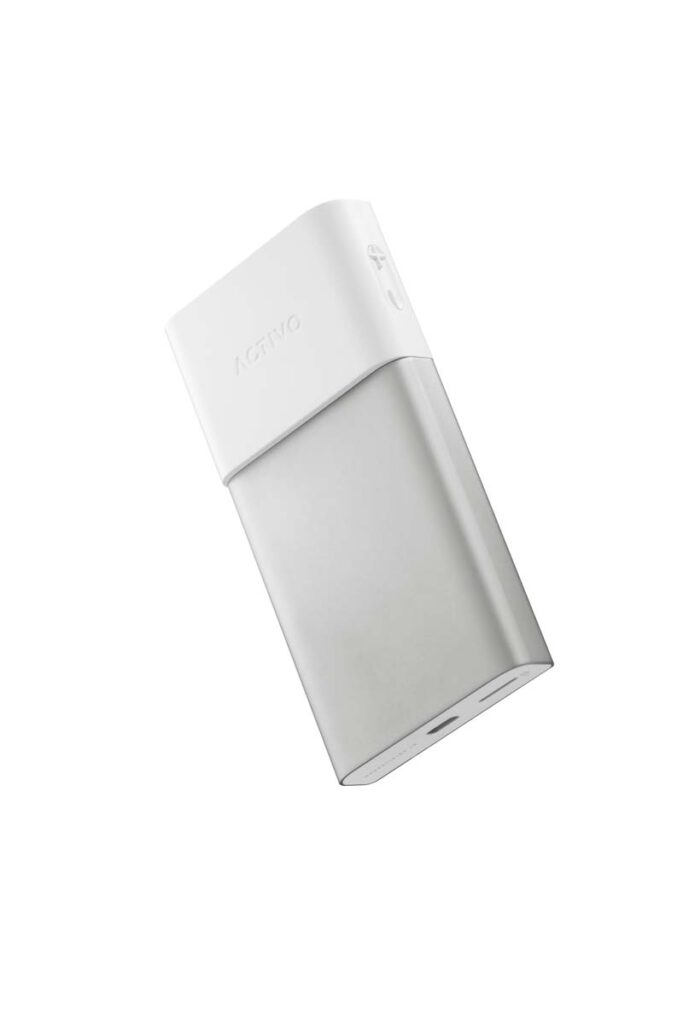

Moving on to the Meze 109 Pro, I did have to crank the volume up to around 80; however, there is still plenty of headroom as it tops out at 150. Nine Inch Nails – I’m Looking Forward To Joining You, Finally played through this pairing was excellent; the bass is well articulated with plenty of depth and body, and Trent’s vocals are perfectly centred with accurate tonality. The various sound effects in this track swirl around the soundstage with plenty of width and depth. The P1 is a very good match with the 109 Pro and I enjoyed this pairing when listening at home.
Staying with the 109 Pro, Buena Vista Social Club – Candela is delivered beautifully through this combo. There are little details throughout that are easy to pick up on, the lower bass line never misses a beat, and the vocals are smooth and natural. There is a real sense of depth to the recording through the P1 with these headphones, the P1 keeping a grip of the 109 Pro whilst helping tone down the slightly sharp edges these headphones can have with the wrong pairing.
Moving on to the Fiio FA19 earphones, The XX – Try has impressive sub-bass that comes through with ease on these earphones, whilst the reverberating sounds and vocals cut through with great clarity and focus. This is a fun track with the right kit, not everything can handle the heavier underlying bass, yet the P1 delivers huge range with brilliant coherence and scale. It’s not the snappiest or tightest sounding DAP, it does have a smoothness to its sound and presentation, yet tracks like this really do sound fantastic through it.
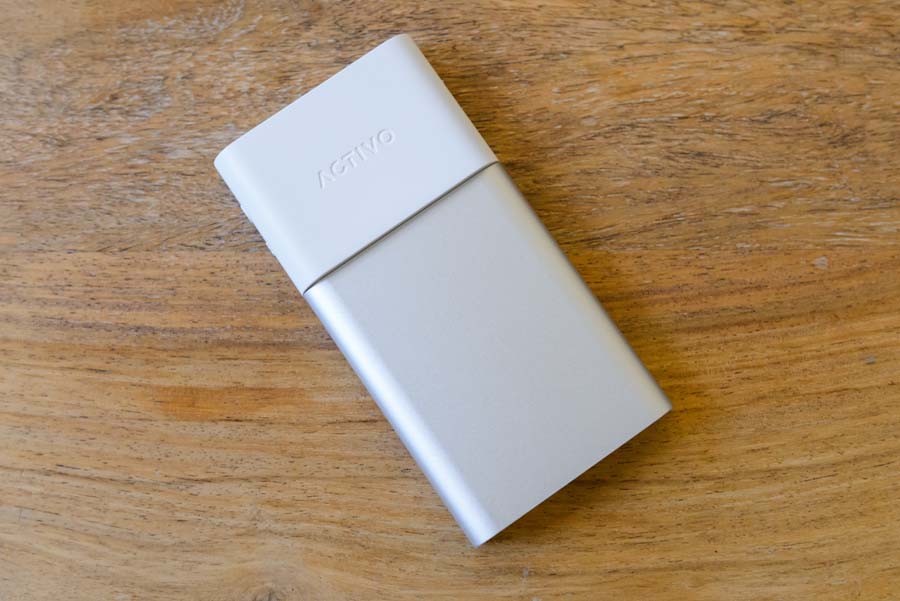
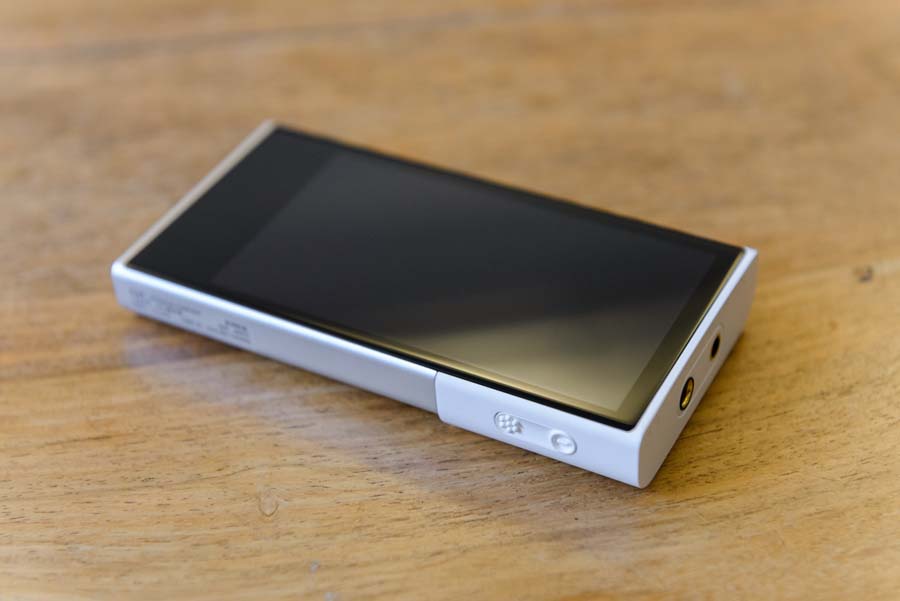
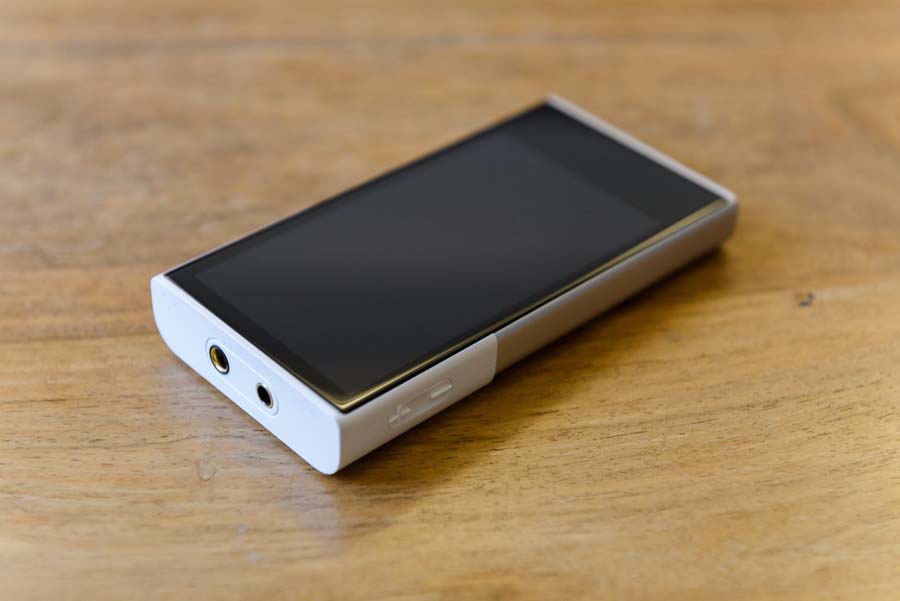
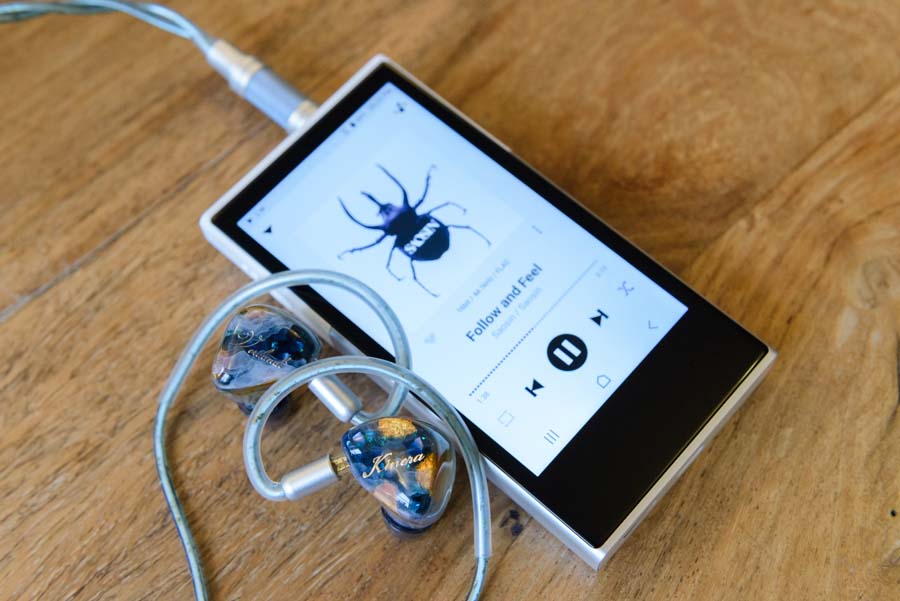
Lastly, the Soundz Avant with the P1 listening to Massive Attack – Teardrop, these earphones have a slightly crisper and snappier sound out of my reference DAP; however, the full and smooth presentation from the P1 works well here. This isn’t a boring sound; the vocals sound crisp, and there is plenty of air and space with this pairing. The Avant have quite a neutral tuning, and the P1 prevents them from sounding too boring without sacrificing their impeccable detail retrieval.
I did play about with crossfeed and DAR, personally, I don’t really like crossfeed, yet it does work very well on the P1. DAR up-samples your music to DSD but I didn’t notice a huge difference in sound with this enabled; however, some may appreciate the slightly, subjectively, smoother sound with it enabled.
QUIBBLES
Tastes vary, the P1 is at times a little safe sounding and doesn’t quite have the punch and attack that I personally prefer when listening to heavier rock music.
CONCLUSION
Overall, the P1 is a great daily DAP, it has a slightly smooth sound signature that can work wonders with some pairings, whilst also erring on the side of being dull with others. Luckily, it manages to steer clear of being overly coloured for the most part, and works well with most headphone and earphone pairings. It’s not a reference-sounding player, I did notice this when I first started using it, yet for casual listening, it’s hard to argue that you need any more than this level of sound quality.
It is easy to navigate, the build and battery life are great, and the screen is sharp – and for something you might use most days, these features matter. As a package, it does deliver great sound at an affordable price (compared to many). Use it with sensible pairings, and the P1 will serve you very well as a daily player.
AT A GLANCE
Build Quality And Features:
Great build with plenty of playback features
Comprehensive parametric EQ and crossfeed
Sound Quality:
Smooth and rounded
Fatigue free
Value For Money:
Good value when considering the ease of use and sound quality
We Loved:
Ease of use and smooth sound
We Didn’t Love So Much:
Dynamics and transients sometimes suffered due to the safer sound tuning
Elevator Pitch Review: The P1 is a value-oriented DAP; it is not tuned to deliver a ruthlessly revealing sound. Instead it offers up a smooth and rounded presentation that is easy to enjoy. With plenty of features, an easy-to-navigate UI and great sound, it represents good value for money. If you are sensible with the earphone and headphone pairings, there is very little not to like about the Activo P1.
Price: £399
Oscar Stewart
SUPPLIED SPECIFICATION
Body Material Aluminum, Polycarbonate
Display 4.1inch 720 x 1280 touch screen
Supported Audio Formats WAV, FLAC, WMA, MP3, OGG, APE, AAC, ALAC, AIFF, DFF, DSF, MQA
Sample rate PCM: 8kHz ~ 384kHz (8/16/24/32bits per Sample) DSD Native: DSD64(1bit 2.8MHz), Stereo / DSD128(1bit 5.6MHz), Stereo / DSD256(1bit 11.2MHz), Stereo
Output Level Unbalanced 2Vrms │ Balanced 4.2Vrms (Condition No Load)
CPU Octa – core
DAC ESS ES9219Q x2
Decoding Support up to 32bit / 384kHz Bit to Bit playback
Input USB Type – C input (for charging & PC & MAC)
Outputs Unbalanced Out (3.5mm), Balanced Out (4.4m, only 5-pole supported)
Wi-Fi 802.11 a/b/g/n/ac (2.4/5GHz)
Bluetooth V5.3 (A2DP, AVRCP, Qualcomm®aptX™ HD, LDAC, LHDC, AAC, SBC)
Dimensions 2.44” (62mm)[W] x4.69” (119.2mm)[H] x 0.67” (17.2mm)[D]
Weight About 5.46oz (155g)
Feature Enhancements Firmware upgrade supported (OTA)
























































